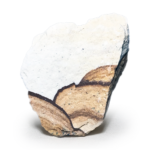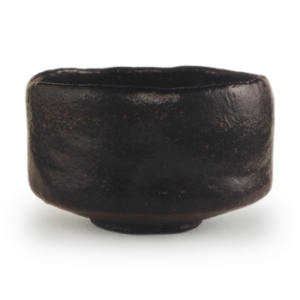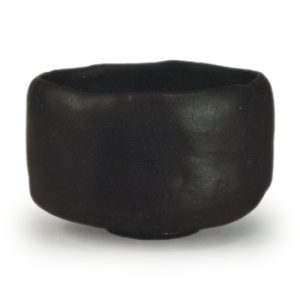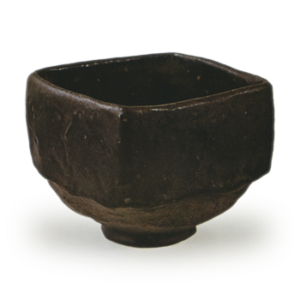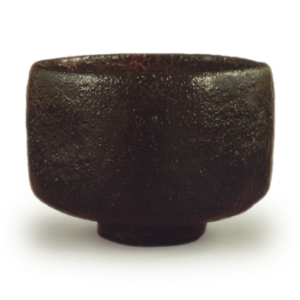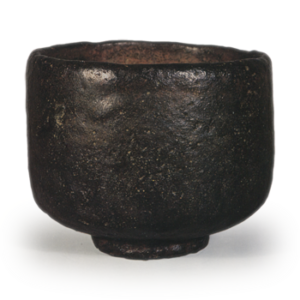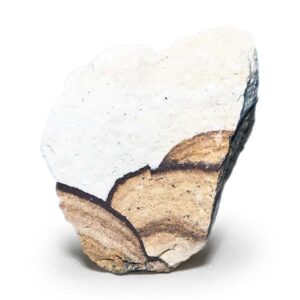
Amakusaishi is the main raw material for ceramics in Japan, and is used for both glaze and base. Amakusaishi is found along the west coast of Amakusa Shimojima Island in Amakusa County, Kumamoto Prefecture, from the Tomioka area at the northwestern tip to the Tsurozu, Shimotsu Fukae, Odatoko, and Takahama areas, a distance of more than 10 kilometers. Although amakusa stone has been widely used as a whetstone in many places for a long time, it is said that it was first used as a raw material for porcelain in the Mikawachi area of Nagasaki Prefecture, where it was used by Toshichihei Yokoishi of Kihara (Kihara-cho, Sasebo City) in 1712. In 1771, Hiraga Gennai, who was interested in this pottery, planned to establish a pottery kiln in Fukae-mura, and submitted a letter of proposal titled “Pottery Devices” to the deputy governor at that time. It is said that Hiraga was first used in the Keihan area around the Bunka era (1804-18) and was discovered by Kibe. Amakusa stone, after crushing and removing the unneeded parts, has a somewhat low viscosity, but it has considerable plasticity and contains a moderate amount of alkali, making it possible to fire porcelain even though it is monomeric. (The History of Japanese Ceramics in the Early Modern Period, The Complete Works of Yaichiro Kitamura on Ceramics)

